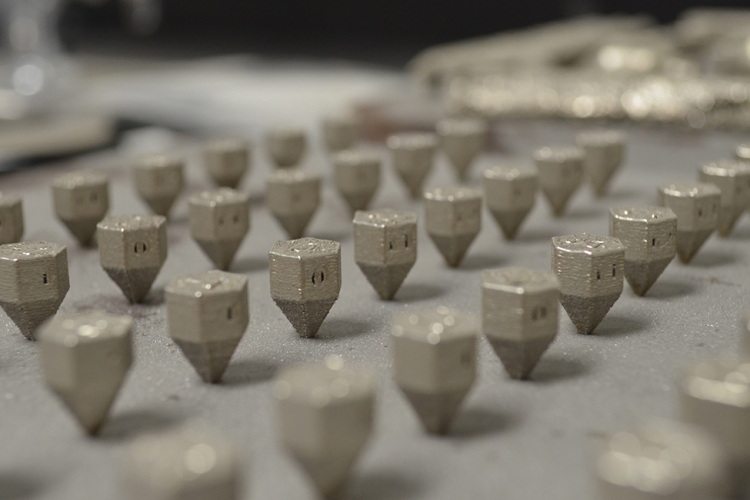Additive manufacturing is an emerging technology with the potential to replace many current manufacturing techniques on a select array of parts for satellites and launch vehicles. The process creates parts directly from digital drawings by depositing and fusing layer upon layer of a source material. Additive manufacturing of plastics and metals is now common, and similar techniques for ceramics, glass, fiber-reinforced composites, and electronics are under development.
Traditional machining, on the other hand, creates parts by cutting them from a block of material, which generates a large amount of scrap chips and turnings. For example, each F-22 fighter plane started with 50 tons of titanium alloy that were conventionally machined to a net of 5 tons of final parts, with 45 tons of waste—resulting in a “buy-to-fly” ratio of 10%. Additive manufacturing offers a buy-to-fly ratio close to 1%.
Reliability Of Additive Manufacturing Processes
A disadvantage is that additive manufacturing is a “process-sensitive” technique that displays large variation from run to run on the same production machine, between identical production machines, and across machines from different manufacturers. Other process-sensitive techniques—such as investment casting, powder metallurgy, welding, and fiber-composite fabrication—required two or three decades of development before they could be widely adopted by the aerospace industry. These techniques often suffered early failures, such as the rupture of a powder-metallurgy turbine disk in an F/A-18 Hornet flying home from the 1980 Farnborough Air Show. This history underscores the need for caution in examining new production techniques.
At the ninth annual Mission Assurance Improvement Workshop in May 2016 (sponsored by The Aerospace Corporation), experts from industry, government, and FFRDCs developed guidance for additive manufacturing. The team identified gaps in published specifications and best practices regarding material properties, process control, powder reuse, design and analysis, contamination control, inspection, qualification testing, and more. These gaps need to be addressed to make additive manufacturing repeatable and reliable.
Additive Manufacturing Testing And Qualification Challenges
For example, one benefit of additive manufacturing is the ability to create intricate parts with internal cavities and complex features—all in one piece, without assembly. However, these internal features are not accessible for traditional inspection and surface finishing, so testing and qualification remains a challenge. The team recommended that the government should foster research and promote sharing of information and materials testing across industry. A broadly accepted method for certification and qualification of additive manufacturing parts is needed for space system applications.





